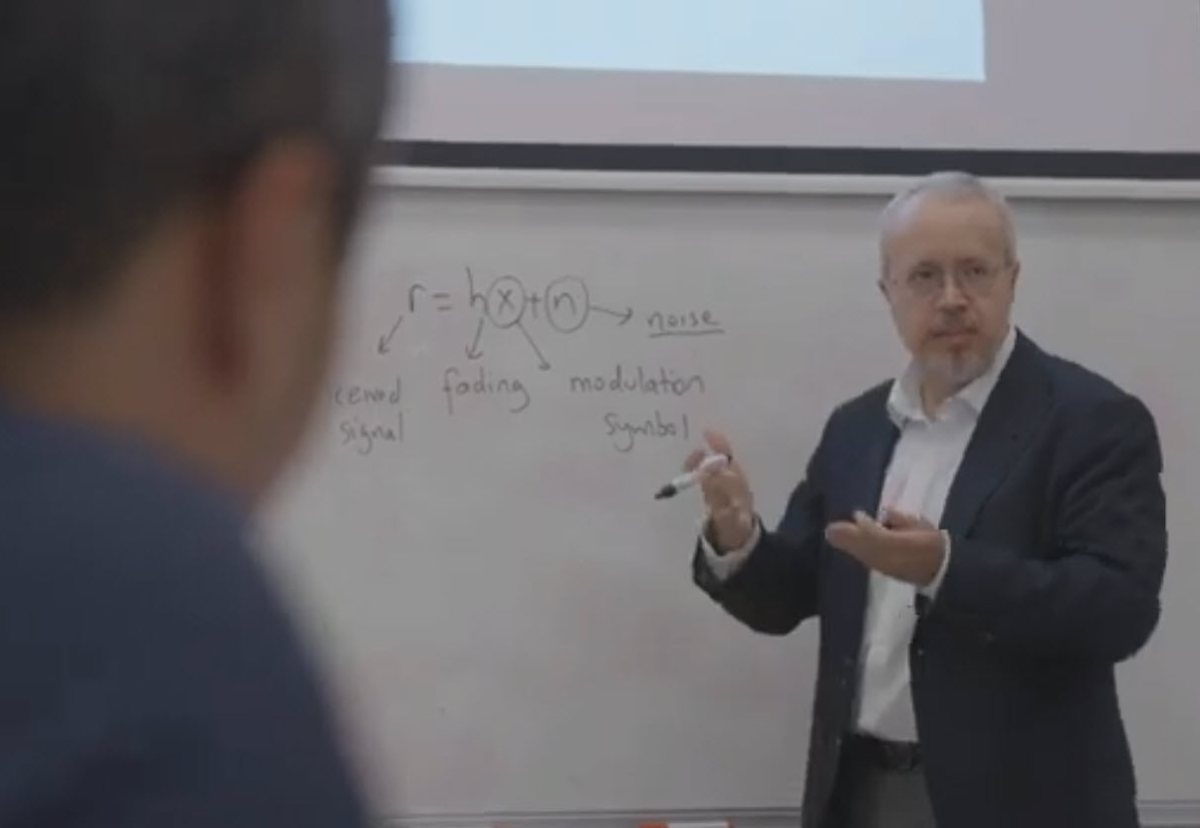What is Uysal’s main idea in visible light communication?


“Visible light communication can provide data rates at several orders of magnitude beyond the capabilities of traditional acoustic techniques and is particularly suited for emerging bandwidth-hungry underwater applications,” explains Murat Uysal, a prominent scientist in Optical Wireless Communication, in an interview with IEEE Spectrum.
MSTF media reports:
Optical wireless communication, also known as free-space optical communication or optical wireless networking, is a method of transmitting data using light as the carrier signal. It involves the use of lasers or light-emitting diodes (LEDs) to send and receive information through the air or space, without the need for physical cables or wires. OWC encompasses a broad range of technologies that use different types of light, including visible light, for wireless communication.
Visible light communication (VLC) utilizes the visible light spectrum, which is the portion of the electromagnetic spectrum that is visible to the human eye. VLC enables data transmission by modulating the intensity of light emitted by LED (Light Emitting Diode) sources. VLC works by rapidly turning the LED light source on and off at a very high frequency, which is imperceptible to the human eye. These rapid changes in intensity encode digital information that can be received and decoded by a VLC receiver. The receiver then converts the received light signals back into data.
Uysal has conducted extensive research on various aspects of VLC, including channel modeling, modulation techniques, receiver design, and system optimization. His work focuses on improving the performance and reliability of VLC systems, enabling them to be used in practical applications.
In one of his latest studies, entitled “Effect of Sea Waves on Vertical Underwater Visible Light Communication Links” he addresses underwater visible light communication which has been proposed to deal with emerging high bandwidth underwater applications. According to this research published by Uysal and his colleagues, there is a growing demand for underwater communication systems as human activities in underwater environments expand. These activities include scientific data collection, environmental monitoring, oil field exploration, maritime archaeology, port security, and tactical surveillance. Currently, most underwater communication solutions rely on acoustic signaling. However, these solutions are not capable of meeting the needs of emerging applications that require high bandwidth for real-time image and video transmission.
To overcome these challenges, they have proposed underwater visible light communication. This technology is based on modulating the intensity of light-emitting diodes (LEDs) or laser diodes (LDs). Further research and development in VLC technology, such as the work conducted by Murat Uysal, are essential for optimizing its performance and expanding its practical applications.
Murat Uysal was selected as a 2023 Mustafa(pbuh) Prize Laureate from Islamic Countries for his achievements in Optical Wireless Communication (OWC) Technology. Born in Turkey, he is currently teaching and researching at New York University in Abu Dhabi as a full professor.